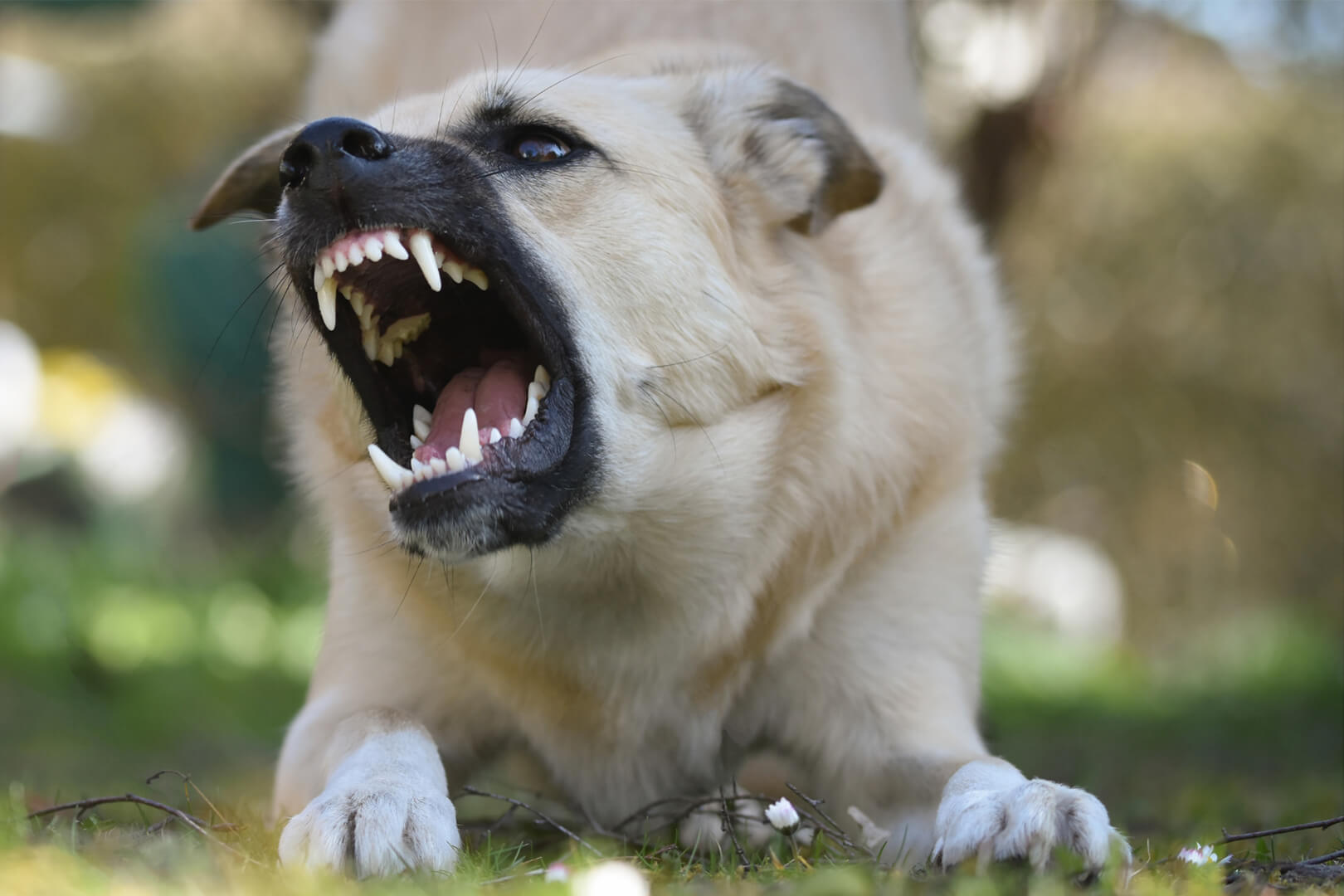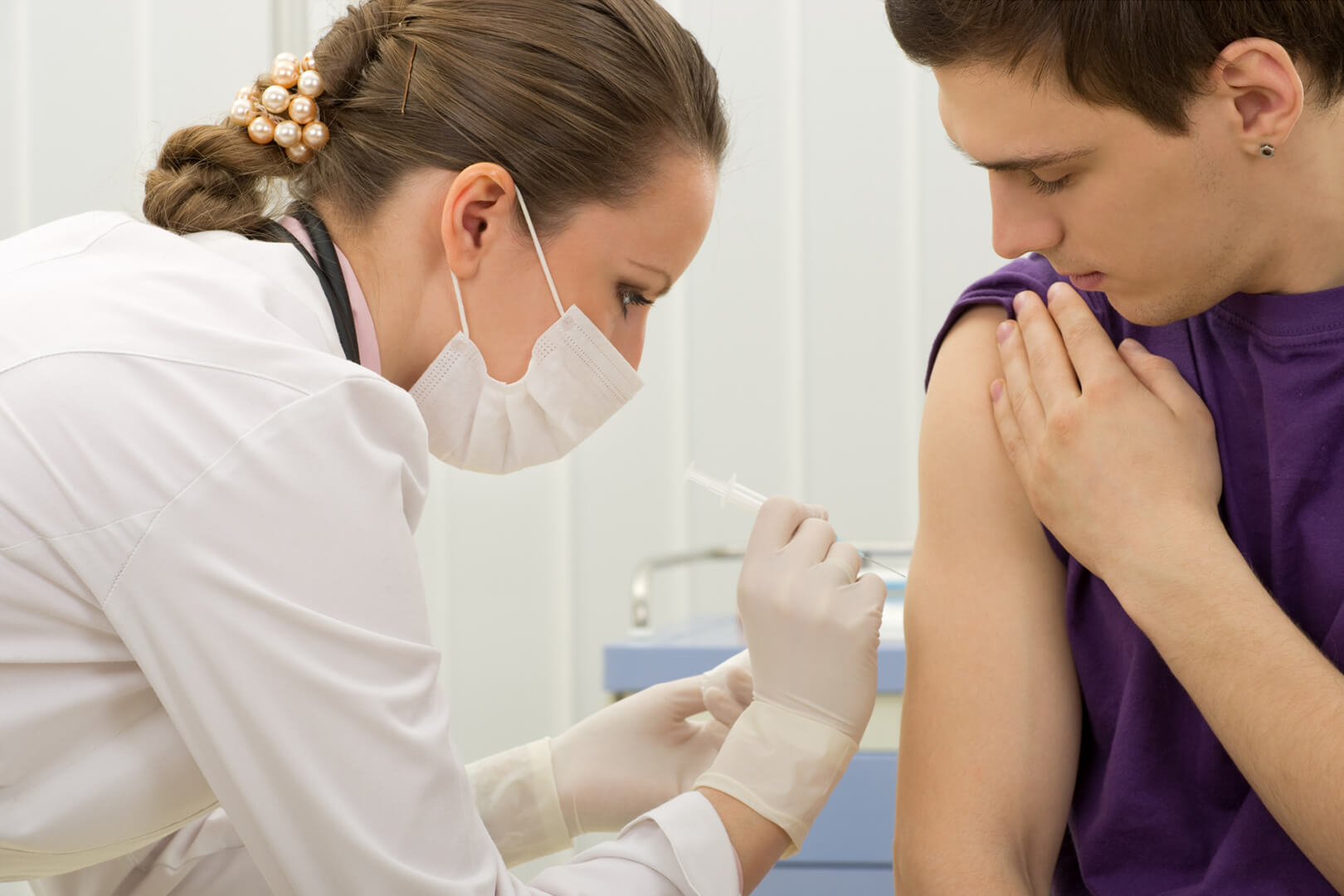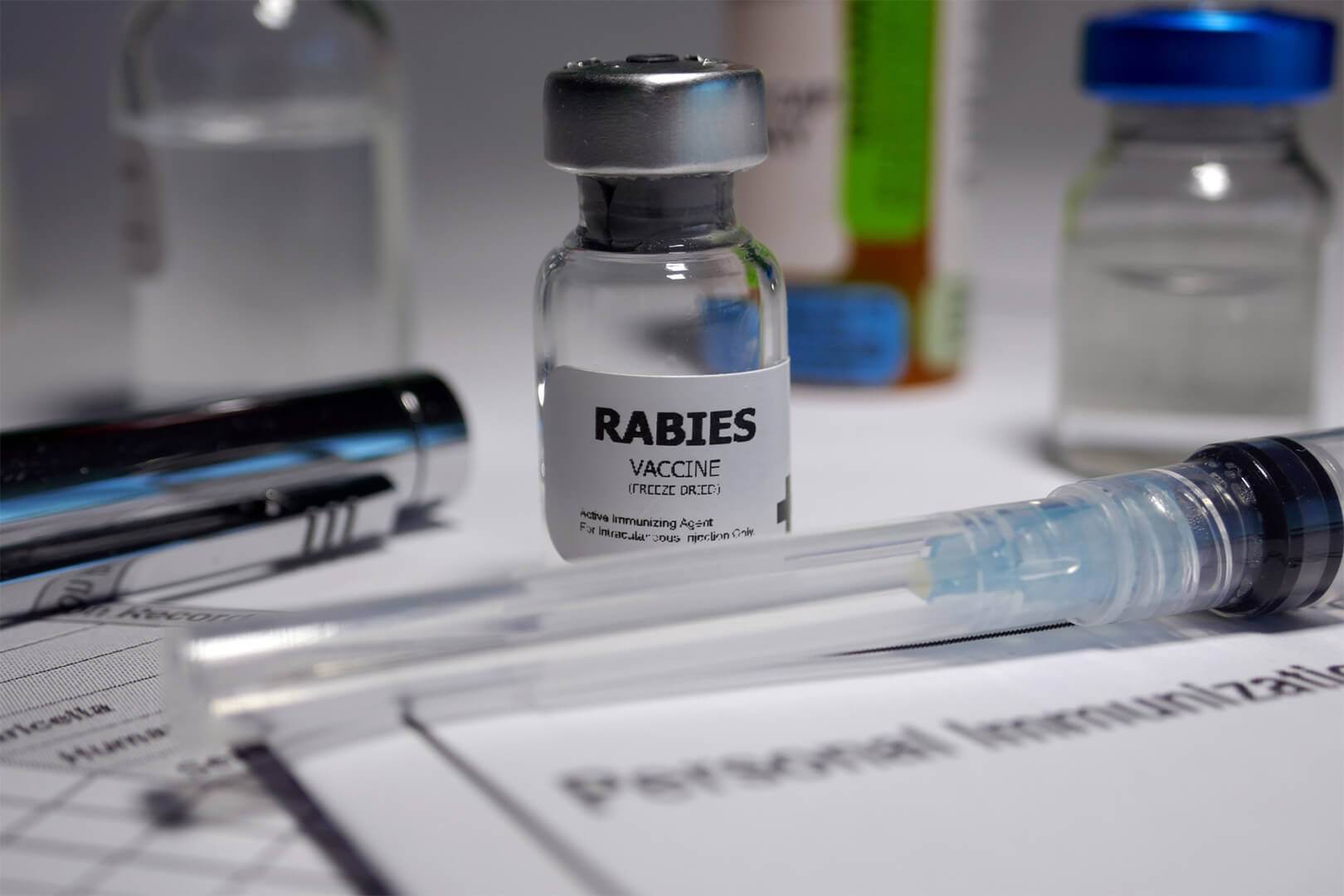The rabies vaccine is a critical tool in preventing one of the deadliest diseases known to humans. For those seeking pre-exposure protection, the rabies vaccine typically provides immunity for up to three years according to updated guidelines. This change in the vaccination schedule, from a 3-dose to a 2-dose regimen, reflects advancements in vaccine research and public health practices.
The longevity of the rabies vaccine and its schedule are especially pertinent for travelers and professionals who might encounter rabid animals. It is essential to maintain protection through timely booster doses based on individual health circumstances and professional advice. Details about vaccine schedules can be found on trusted health websites, including resources on rabies pre-exposure prophylaxis.
Understanding how long protection lasts and the need for boosters provides essential insights for anyone at risk. This knowledge helps ensure that individuals remain protected wherever they might be at risk of exposure, whether traveling or working in areas where rabies is more prevalent.
UNDERSTANDING RABIES AND ITS VACCINE
Rabies is a viral disease transmitted through animal saliva, leading to severe neurological symptoms. The development of the rabies vaccine has been crucial in preventing this deadly disease.

THE RABIES VIRUS EXPLAINED
Rabies is caused by a virus belonging to the Lyssavirus genus. It primarily spreads to humans through bites or scratches from infected animals, such as dogs, bats, and raccoons. Once symptoms appear, the disease is almost always fatal, affecting the central nervous system. The key to managing rabies is prevention through vaccination.
After exposure, the rabies virus travels through the nerves to the brain, causing inflammation. Early symptoms include fever, headache, and general weakness. As the disease progresses, patients may experience confusion, paralysis, and hallucinations, leading to coma and death. Immediate medical attention and vaccination post-exposure are vital for survival.
HISTORY AND DEVELOPMENT OF RABIES VACCINE
The rabies vaccine’s development is rooted in the groundbreaking work of Louis Pasteur in the late 19th century. Pasteur’s work laid the foundation for the first vaccine, which has evolved significantly since. Modern vaccines are safe and effective, providing immunity by stimulating the body’s immune response.
Rabies vaccines can be administered prophylactically to those at risk or as a post-exposure treatment. The pre-exposure series involves three doses over a specified period. After potential exposure, a post-exposure regimen is crucial in preventing the virus from taking hold.
The ongoing development of rabies vaccines includes refining formulations to increase efficacy and accessibility. Innovations aim to decrease the number of required doses and enhance global reach, especially in regions where rabies is endemic.
RABIES VACCINE EFFECTIVENESS
The rabies vaccine remains a critical tool in preventing this deadly disease, with its effectiveness depending on several factors. Understanding how well it works and what influences its longevity can help individuals make informed decisions about vaccination and booster doses.

VACCINE EFFICACY AGAINST RABIES
The rabies vaccine offers excellent protection against the virus when administered appropriately. Initial doses are crucial, providing robust immunity against rabies. Clinical studies indicate that after completing the full vaccine series, the level of protection is high, reducing the risk of infection even if exposed to the virus.
Booster doses may not be necessary for everyone. For those at continual risk, healthcare professionals might recommend monitoring antibody levels. In these cases, a booster can reinforce immunity and ensure protection. According to the CDC, a 2-dose pre-exposure prophylaxis (PrEP) schedule is now the standard, replacing the previous 3-dose regimen, ensuring up to three years of protection.
FACTORS INFLUENCING VACCINE LONGEVITY
Several factors affect how long the rabies vaccine remains effective. An individual’s immunological response can vary based on age, health status, and adherence to the vaccine schedule, impacting antibody persistence. Research shows that the vaccine’s protective effects last up to three years after the initial doses.
Occupational or lifestyle factors requiring frequent exposure may necessitate regular immunity checks. Booster doses might be advised if antibody levels decrease over time. Consultation with healthcare providers can help tailor a vaccination schedule that aligns with personal and exposure-related needs, ensuring continuous protection against rabies.
DURATION OF IMMUNITY
The duration of rabies vaccine immunity varies depending on factors such as the type of vaccine, vaccination schedule, and individual response. It is crucial to understand the time frame of immunity to ensure adequate protection.

POST-VACCINATION IMMUNITY PERIOD
The typical duration of immunity following rabies vaccination can differ based on the vaccine and protocol used. Generally, the initial vaccine series provides immunity for several years. According to the Brixton Travel Clinic, most people achieve significant immunity after a complete series. Studies indicate that post-exposure vaccines maintain antibodies for about five years, making them effective for that period.
Rabies vaccines, like those mentioned by the CDC, use a 2-dose schedule. This provides protection for up to three years for pre-exposure prophylaxis, which is crucial for individuals in high-risk professions or areas. Maintaining this timeline helps individuals plan for their safety against possible rabies exposure.
BOOSTERS AND MAINTENANCE OF IMMUNITY
To sustain immunity, individuals at higher risk require booster doses. Boosters ensure continued protection and are advised for people with ongoing prevalent exposure, such as veterinarians or travelers to rabies-endemic regions. A rabies booster may be needed every one to three years based on the risk level and type of exposure.
Monitoring antibody levels can guide the timing of booster shots. If antibody levels drop, a booster can enhance the immune response promptly. Therefore, regular health check-ups for those at significant risk are important for assessing the need for a booster and ensuring continued protection against rabies.

